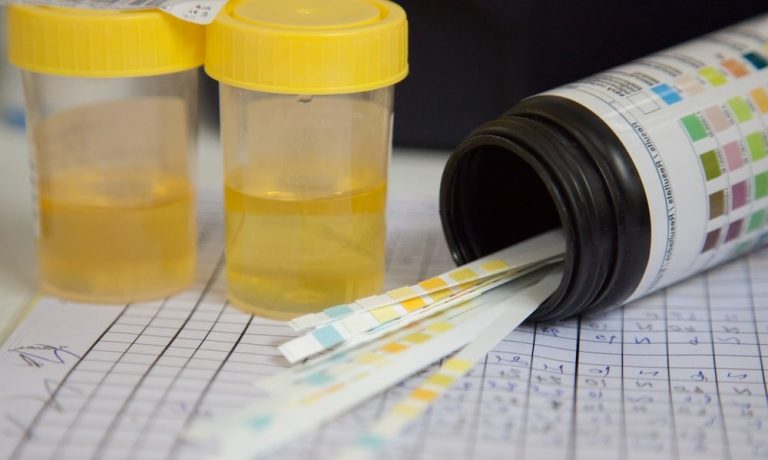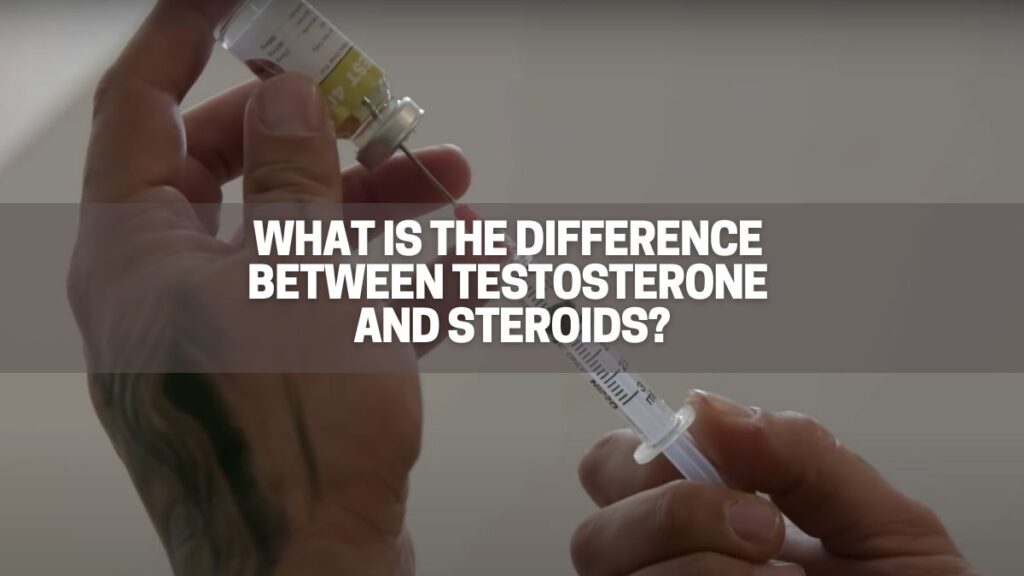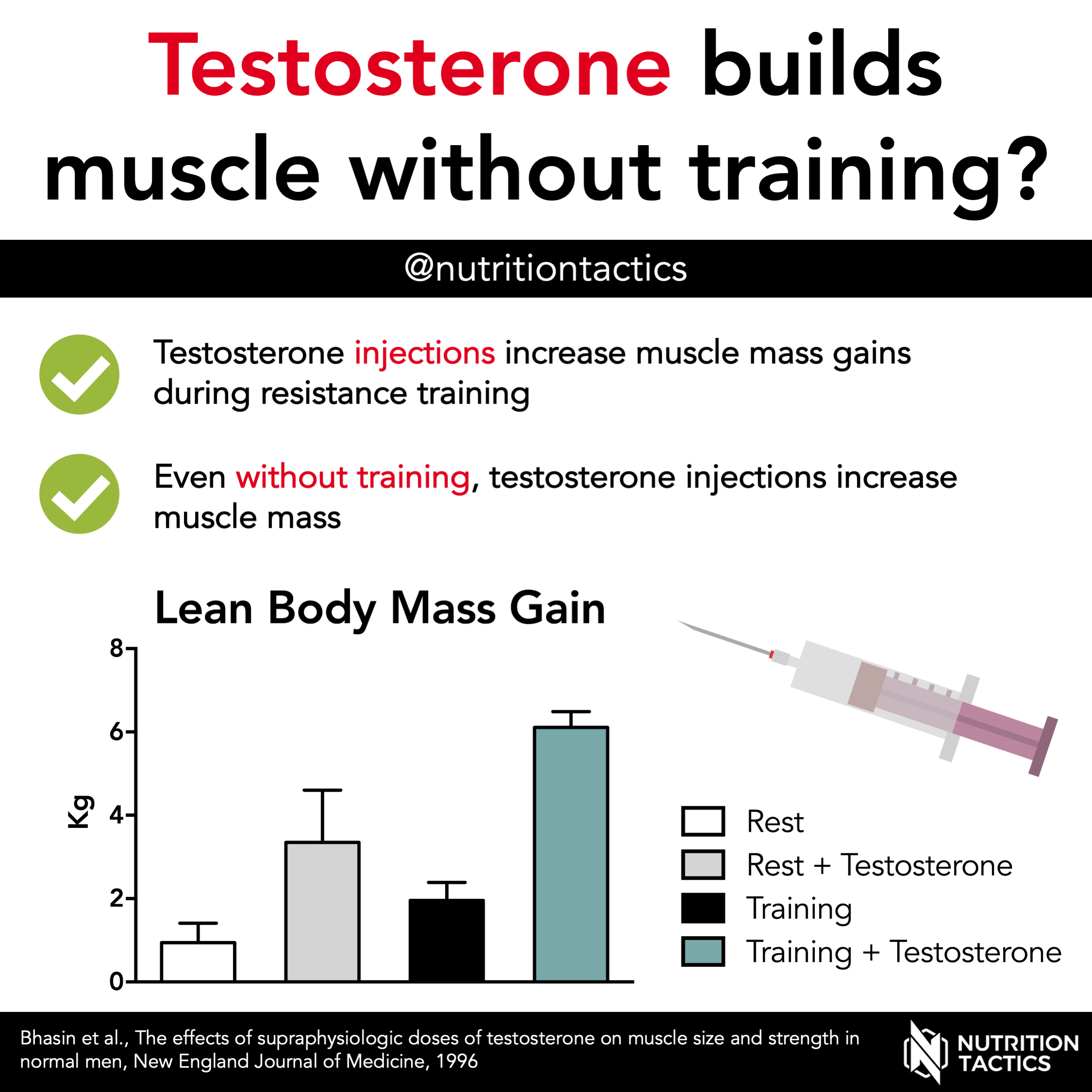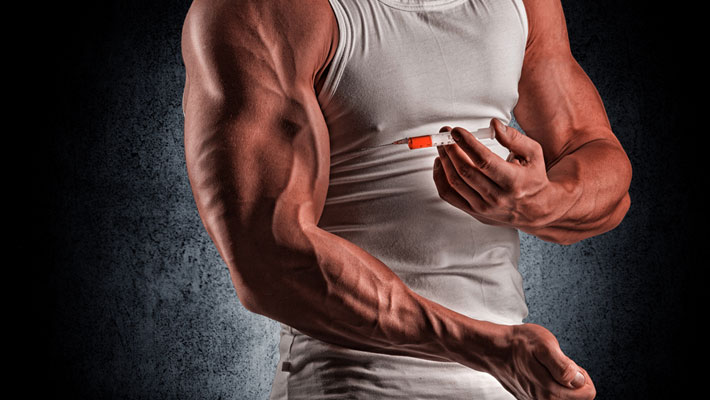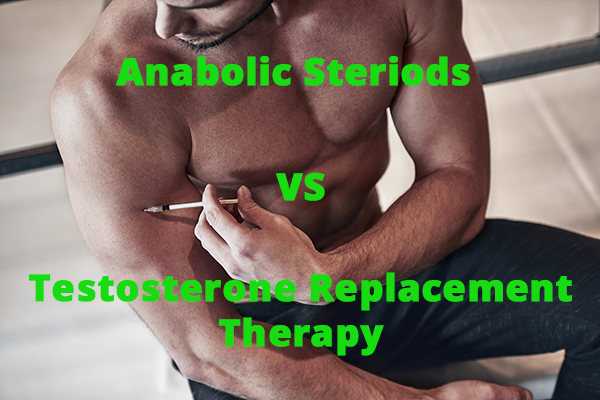How Do You Test For Steroids

Athletes, law enforcement, and concerned individuals are increasingly seeking methods to detect steroid use, driven by fairness, legal compliance, and health concerns.
This article provides an overview of current steroid testing methodologies, focusing on the science, procedures, and implications of these detection efforts.
Understanding Anabolic Steroids
Anabolic-androgenic steroids (AAS) are synthetic variations of the male sex hormone testosterone. They promote muscle growth (anabolic effects) and the development of male characteristics (androgenic effects).
Their misuse in sports and other areas is a major concern, leading to extensive testing protocols.
Biological Samples Used for Testing
The primary biological samples used for steroid testing are urine and blood. In specific cases, hair samples can also be analyzed.
Urine testing is the most common method due to its non-invasive nature and ease of collection.
Blood testing, while more invasive, offers a more comprehensive profile of steroid levels.
Urine Testing Procedures
Urine samples are analyzed through a process that includes initial screening and confirmatory testing. Screening tests, such as immunoassays, provide rapid preliminary results.
If the screening test is positive, a more sensitive confirmatory test, such as gas chromatography-mass spectrometry (GC-MS) or liquid chromatography-mass spectrometry (LC-MS), is performed.
GC-MS and LC-MS can precisely identify and quantify specific steroids and their metabolites, providing definitive evidence of steroid use.
Blood Testing Procedures
Blood samples are typically analyzed using LC-MS or other advanced analytical techniques. This allows for the detection of even small concentrations of steroids.
Blood testing is particularly useful for detecting short-lived steroids that are quickly eliminated from the body.
The World Anti-Doping Agency (WADA) sets rigorous standards for blood collection and analysis to ensure accuracy and reliability.
Hair Follicle Testing
Hair follicle testing is less common but can provide a longer-term history of steroid use. Steroids are incorporated into the hair shaft as it grows.
Analysis of hair samples can reveal steroid use over several months, depending on the length of the hair.
The reliability of hair follicle testing is still debated within the scientific community, and it's not as widely used as urine or blood testing.
Key Analytical Techniques
Gas Chromatography-Mass Spectrometry (GC-MS): This technique separates compounds based on their boiling points and mass-to-charge ratio.
It is highly accurate and widely used for confirming the presence of steroids in urine and blood samples.
Liquid Chromatography-Mass Spectrometry (LC-MS): LC-MS is used to analyze compounds that are not easily vaporized, such as some synthetic steroids.
This method separates compounds in liquid form before mass spectrometric analysis.
Immunoassays: These are screening tests that use antibodies to detect the presence of steroids. While rapid and cost-effective, they are less specific than GC-MS or LC-MS.
Challenges in Steroid Testing
One of the main challenges in steroid testing is the continuous development of new designer steroids that are difficult to detect. These substances are often created to evade current testing methods.
Laboratories must constantly update their testing protocols to keep pace with these emerging threats.
Another challenge is the variability in individual metabolism and excretion rates, which can affect the detection window of certain steroids. This window refers to the time period during which a steroid or its metabolites can be detected in a biological sample.
Who Conducts Steroid Testing?
Steroid testing is conducted by accredited laboratories that adhere to strict quality control standards.
WADA accredits laboratories worldwide to ensure consistent and reliable testing. National anti-doping organizations (NADOs), such as the United States Anti-Doping Agency (USADA), also play a crucial role in overseeing steroid testing programs.
Sports governing bodies, such as the International Olympic Committee (IOC) and professional sports leagues, implement their own testing programs.
The Future of Steroid Testing
Research is ongoing to develop more sensitive and comprehensive steroid testing methods. This includes exploring new biomarkers and analytical techniques.
Scientists are also working on methods to detect microdosing, which involves taking small amounts of steroids to enhance performance without triggering positive tests.
Advanced techniques like biological passports, which track an athlete's biological markers over time, are becoming increasingly important in detecting doping.

